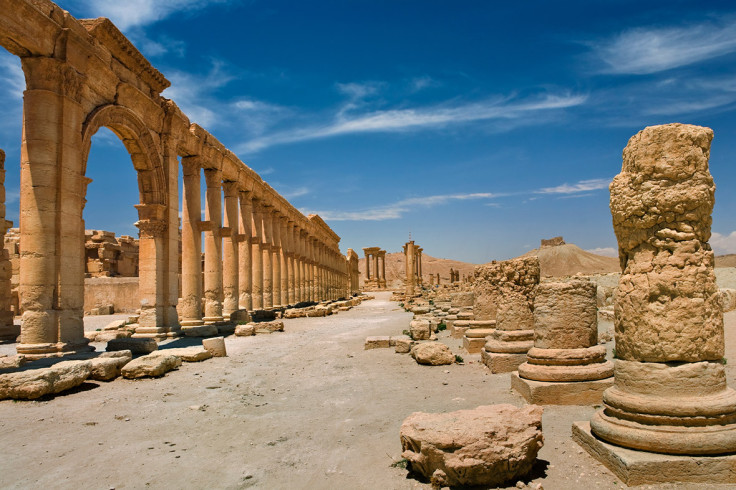Palmyra: Isis captures archaeological treasure as 50% of Syria now controlled by jihadists

The Islamic State (Isis) is in control of more than 50% of the Syrian territory after the capture of the central city of Palmyra, according to a monitoring group.
The London-based Syrian Observatory for Human Rights (SOHR) said IS fighters had entered the ancient ruins of the 2,000-year-old world heritage site after seizing the city's military air base, prison and intelligence headquarters.
The Islamist group claimed to be in complete control of the city after the "collapse" of pro-government forces. The retreating forces "left behind a large number of [their] dead", IS said on Twitter.
The military victory represents a serious setback for embattled president Bashar al-Assad, as Palmyra sits on a strategic route that connects the capital, Damascus, and the contested eastern city of Deir al-Zour. It is also the first time that IS has taken over a city directly controlled by the Syrian army.
Clashes between the jihadists and Syrian government forces left at least 100 Assad fighters dead, according to the monitoring group.
Unesco's Director-General Irina Bokova said she was "deeply concerned" by the situation.
Damascus-based antiquities director Maamoun Abdulkarim told IBTimes UK on Wednesday that Palmyra's destruction at the hands of IS would be a "catastrophe" not only for Syrians "but also for the entire world".
Abdulkarim said a band of "monuments men" have helped move hundreds of artefacts and statues from the site. "They have done an excellent job to move the most precious artefacts and statues out of Palmyra and evacuate them from the site. It's an excellent, impossible operation," he said.
The UN describes Palmyra as a site of "outstanding value". An ancient metropolis and a caravan hub of several civilisations, Palmyra is full of precious sculptures and artefacts. It is renowned for its urbanism – a unique mix of Roman architecture with Greek-Persian and Babylonian influences – admired for its famous colonnaded main street and revered in particular for the temple of Baal, considered one of the most important cultural monuments of the entire region.
"Palmyra was at the crossroads between Orient and Occident, a blend between two arts and cultures," Abdulkarim said, calling on the international community to prevent the city's heritage from being destroyed.
"Its destruction would be a catastrophe. Did you see what happened in Nimrud and Hatra?" he said, referring to the Iraqi ancient archaeological sites bulldozed and blown-up by IS.
The jihadist group started attacking Palmyra city on 13 May. More than 138 fighters, including 73 soldiers and 65 jihadists, have been killed during fighting. The governor of Homs province said the situation was "under control". Talal Barazi said: "The army has sent reinforcements and it is bombing the (IS) positions from the air."
Palmyra City houses about 35,000 people, including displaced Syrians who escaped violence in their hometowns.
© Copyright IBTimes 2024. All rights reserved.























